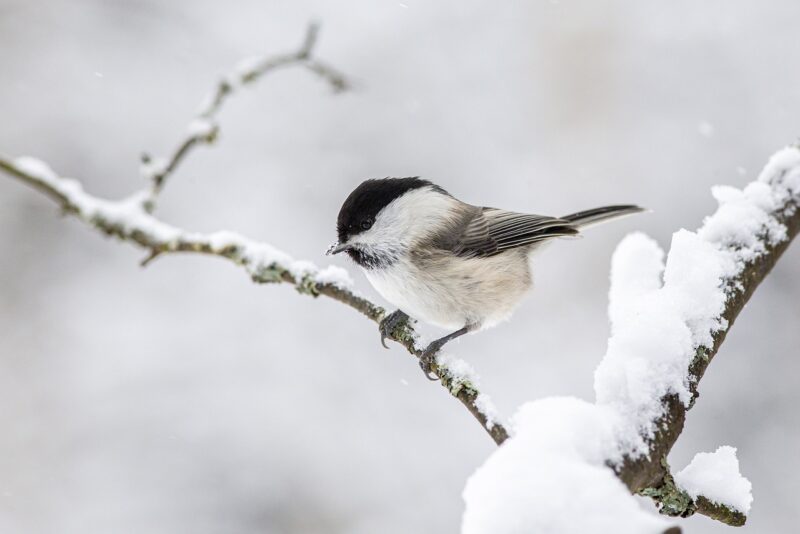The Evolution of Animal Behavior: How Survival and Reproduction Shape Actions
November 12, 2024

Animal behavior is a fascinating field of study that reveals the intricate dance of survival and reproduction in the animal kingdom. From the majestic courtship displays of peacocks to the stealthy hunting techniques of lions, behaviors in animals are driven by the dual imperatives of survival and reproductive success. As we delve into this dynamic world, we will explore how evolution shapes behavior, adapting species to their environments and ensuring the continuation of their genes.
1. Understanding Animal Behavior: The Basics
Animal behavior, or ethology, encompasses a wide array of actions exhibited by animals. This includes how they interact with one another, respond to their environment, and engage in vital activities such as feeding, mating, and caring for their young. Behavioral studies focus on both innate behaviors (those that are genetically hardwired) and learned behaviors (those acquired through experience).
The field of animal behavior is crucial in understanding not only the ecological niches animals occupy but also the evolutionary pressures that shape their methods of interaction and adaptation to changing environments.
2. The Role of Natural Selection in Shaping Behavior
Natural selection is the cornerstone of evolutionary theory, and it plays a pivotal role in shaping animal behavior. Behaviors that enhance an animal’s chances of survival and reproduction are more likely to be passed on to future generations. Here are a few examples:
- Foraging Behavior: Animals must find food to survive, and various foraging strategies have evolved depending on the species and environment. For example, the foraging behavior of wolves as pack hunters allows them to take down larger prey, which provides sustenance to the entire group.
- Mating Rituals: Courtship behaviors, like the elaborate dances of certain species of birds, are refined by natural selection to attract mates. Those individuals that display superior traits are more likely to mate and pass on their genetics, a process known as sexual selection.
- Territorial Behavior: Many animals establish territories, which they defend against intruders. This behavior ensures access to resources such as food and mating opportunities, ultimately boosting reproductive success.
By favoring individuals with behaviors that enhance survival and reproduction, natural selection effectively molds the behavioral traits of species over generations.
3. Learning and Adaptation in Animal Behavior
Not all behaviors are instinctual; many are learned from interactions with the environment and social groups. Learning allows animals to adapt their behaviors based on experiences, which can be essential in changing environments.
- Imprinting: Some animals, like geese and ducks, undergo a sensitive learning period shortly after birth, during which they identify and bond with their caregivers. This behavior is critical for survival, as it ensures that young animals remain close to protective adults.
- Social Learning: Many species, including primates and dolphins, learn by observing others. This behavior allows animals to acquire new skills, such as using tools or finding food, without the need for trial and error, enhancing their chances of survival.
The combination of innate and learned behaviors creates a rich tapestry of action and reaction that allows animal populations to thrive in diverse habitats.
4. Social Structures and Their Impact on Behavior
The social structures of animal groups significantly influence behavior. Many species operate within complex social systems, which dictate individual roles and interactions. Here are a few examples:
- Pack Behavior in Wolves: Wolves exhibit highly coordinated social structures, with pack behavior optimizing hunting success, raising young, and defending territory against rivals. The hierarchy within the pack ultimately enables all members to succeed through cooperation.
- Ant Colonies: Ants work collectively to achieve goals such as foraging, defense, and nest-building. Each ant has specific roles within the colony, contributing to a well-functioning social unit that ensures survival for the entire group.
These social structures foster collaborative behaviors and create a division of labor that enhances the efficiency and success of species.
5. Human Influence on Animal Behavior
Human activities are profoundly influencing animal behavior and evolution, particularly through habitat destruction, climate change, and domestication. Animals are often forced to adapt their behaviors in response to these changes.
- Urbanization: Wildlife species are often forced to adapt their foraging and movement strategies to navigate urban landscapes, leading to changes in territorial behaviors and foraging habits as they search for food in human-dominated areas.
- Domestication: Animals that have been domesticated exhibit behavioral changes that are influenced by human selection pressures, such as reduced aggression and increased sociability, which enhance their compatibility with human environments.
Humans not only affect animal behavior directly but also create changes through environmental alterations, leading to adaptations that must be understood and sometimes mitigated in conservation efforts.
6. Conclusion: The Ever-Evolving Nature of Animal Behavior
In conclusion, the evolution of animal behavior is a complex interplay of survival and reproduction, shaped by natural selection, learning, social structures, and human influence. Understanding these factors provides us with a deeper insight into the adaptive strategies animals employ to thrive in their environments.
As we continue to study animal behavior, we not only unveil the intricacies of the natural world but also learn vital lessons about resilience, adaptation, and the delicate balance of ecosystems. This knowledge becomes increasingly important as we face the challenges of environmental change and strive to co-exist with the diverse array of species on our planet.
The study of animal behavior is not merely an academic exercise; it has profound implications for biodiversity conservation and our understanding of our place in nature. By recognizing that all species play a role in the intricate web of life, we can cultivate a greater respect for the animal kingdom and its diverse expressions of life and survival.







